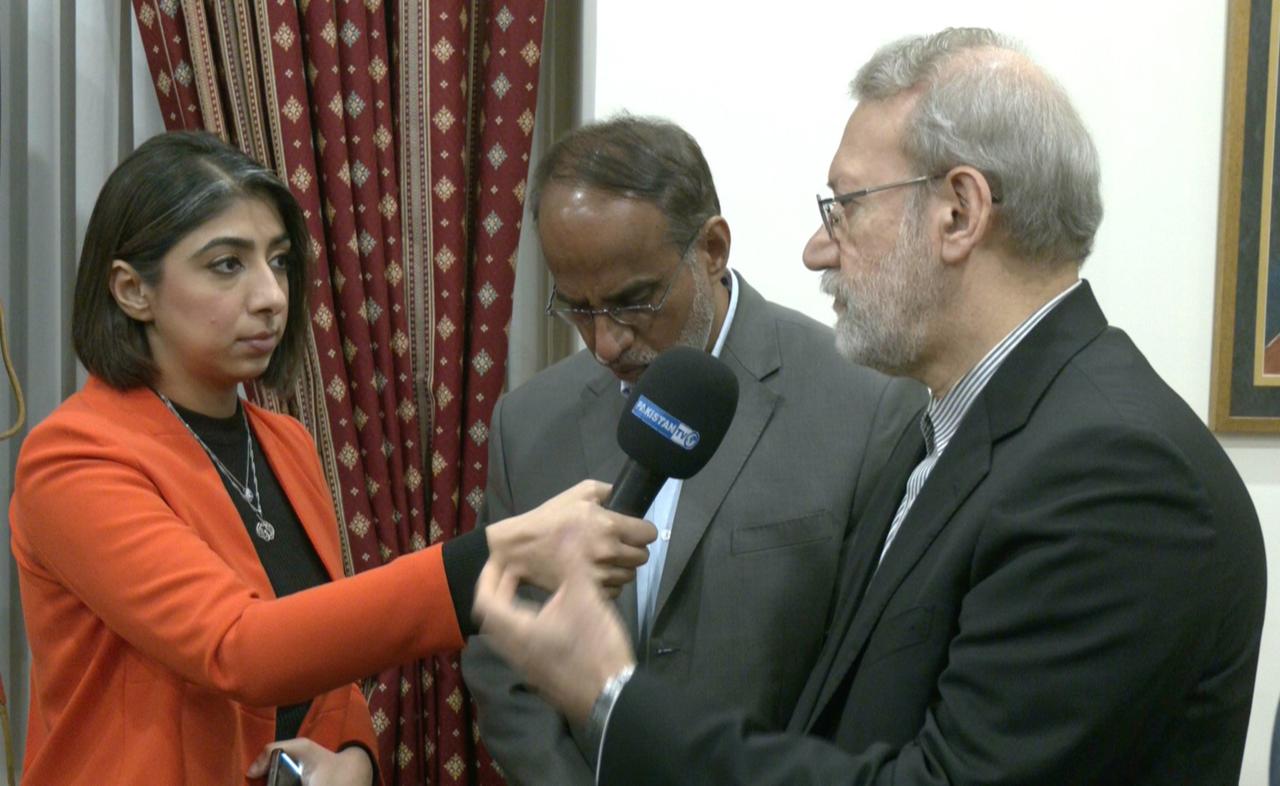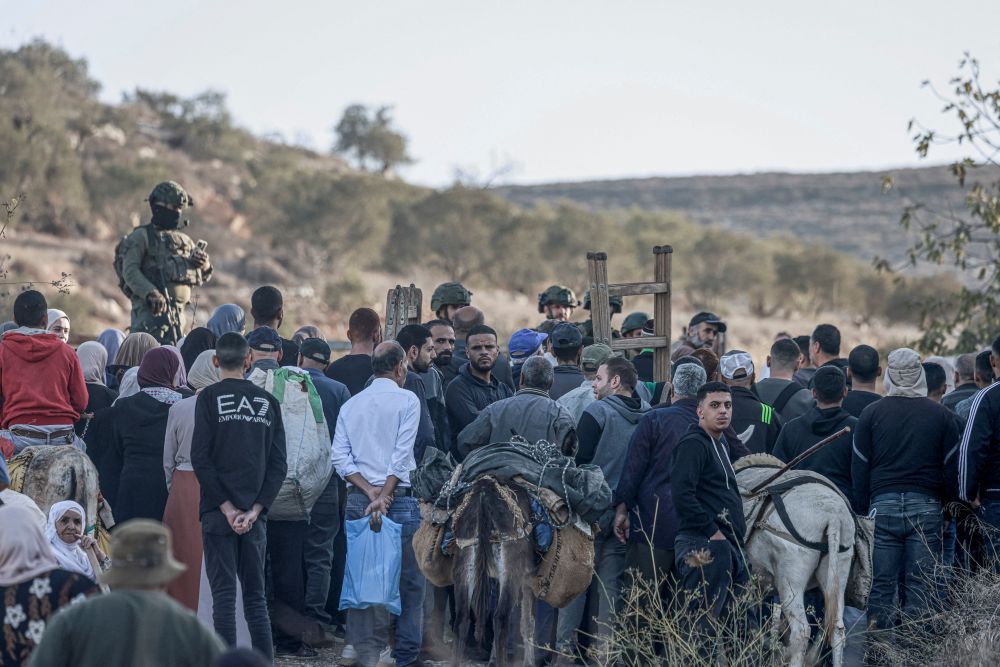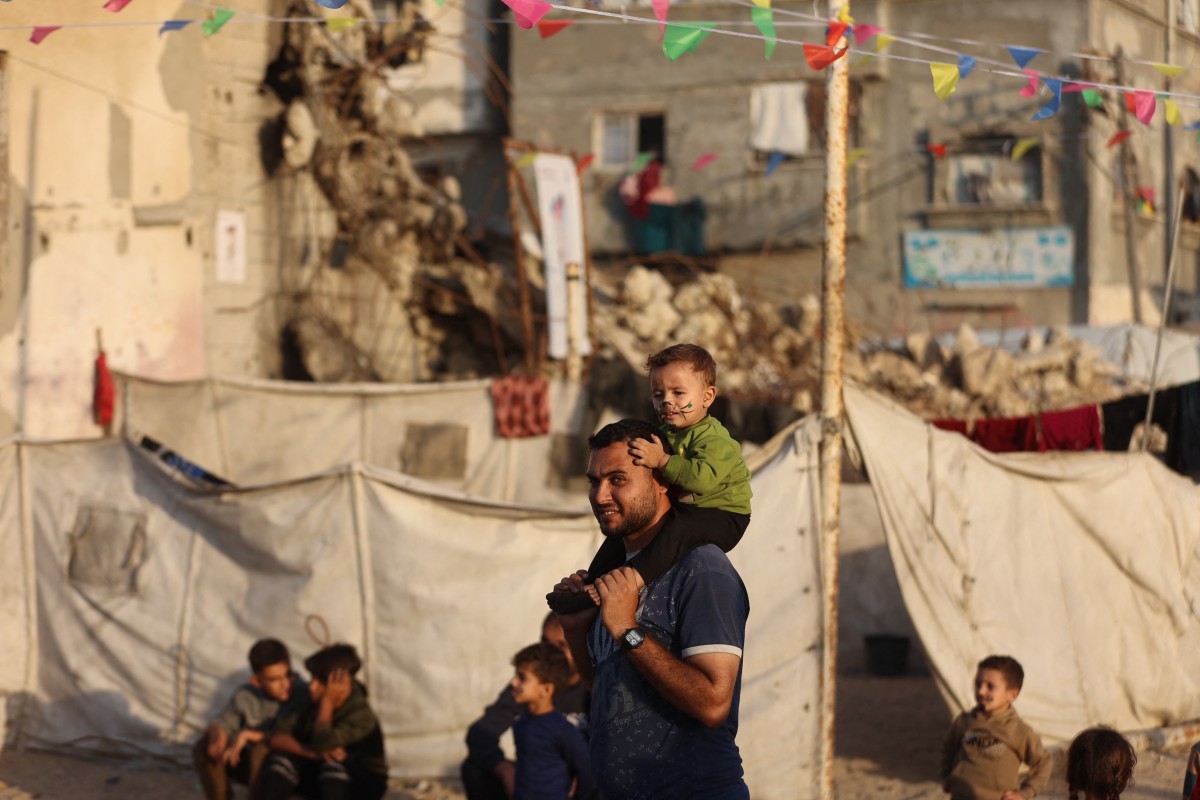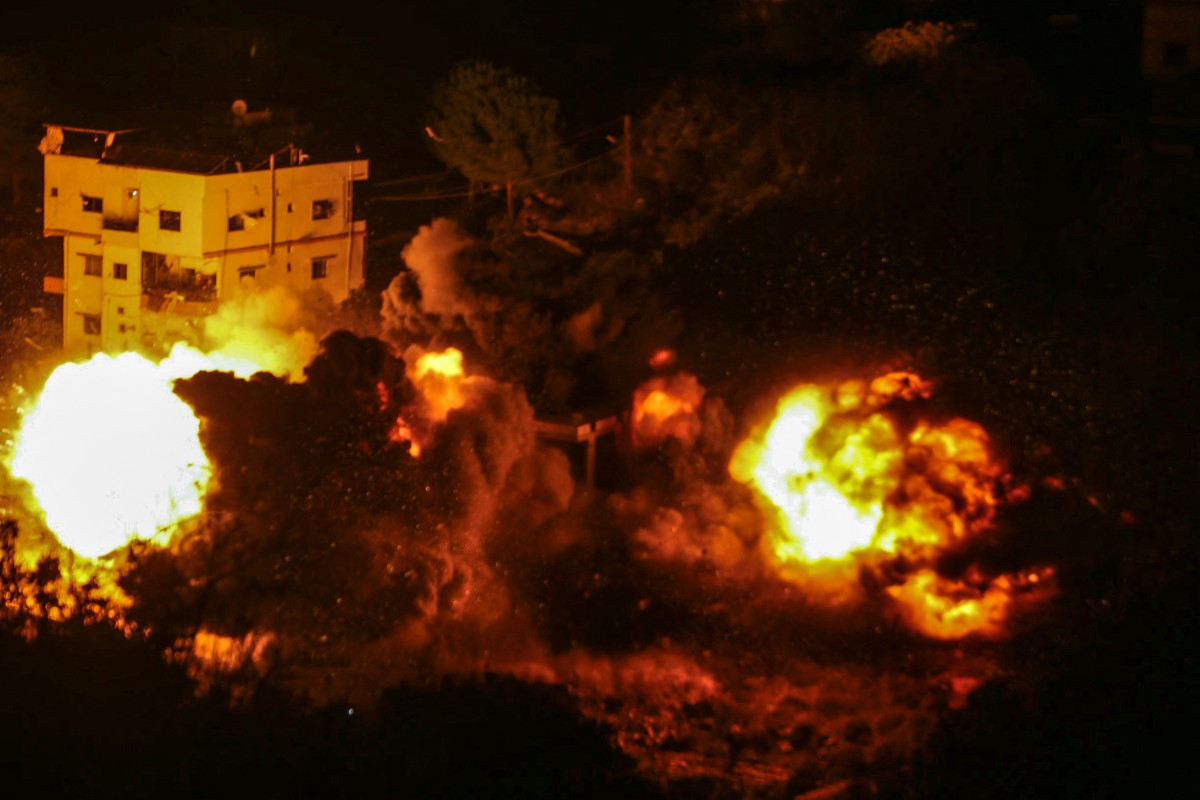ISLAMABAD: Hundreds of thousands of children in Gaza are facing serious health risks after heavy weekend rainfall caused sewage to inundate temporary shelters, an aid agency has warned.
In a report published last week, Save the Children said more than 13,000 families have been affected by the flooding, leaving children sleeping without proper cover, drenched in contaminated water while wearing only summer clothing.
The territory’s sanitation infrastructure, already weakened by two years of Israeli bombardment, cannot cope with rainfall. Wastewater has mixed with floodwater, sweeping through encampments and further endangering residents.
Rain last Friday caused chaos at displacement sites, according to the charity’s media manager in Gaza, who recounted witnessing residents discover their shelters submerged at daybreak.
"We've had two years of living in tents, and they are already worn out; they cannot withstand the wind or the rain," she said. One scene particularly struck her: a mother clutching her six-month-old infant while frantically searching for safe refuge.
Floodwaters have soaked bedding, clothing, and even food supplies. Many children lack footwear or alternative garments.
Shelter cluster data indicates roughly 700,000 children, over two-thirds of Gaza’s young population, face similar risks, living in structures significantly degraded over 24 months of bombardment and repeated displacement.
Aid delivery hampered by restrictions
Although 19,000 tents and 276,000 tarpaulins have entered Gaza since a peace agreement four weeks ago, Israeli authorities continue to block construction materials, including timber and tools, citing potential military use.
The shelter cluster reports that more than 63,400 tents, 803,600 tarpaulins, and 278,000 bedding kits remain at crossing points awaiting clearance.
Without repair equipment, families cannot restore damaged shelters. With over four-fifths of structures affected by bombardment, residents continue living in whatever tent remnants survive, stitching together fabric scraps and blankets to cover gaps.
Fear of unexploded munitions, responsible for previous child deaths, and potential new strikes deter many from returning home.
Even as market availability of some items has improved, essential winter supplies, including blankets, mattresses, and fresh clothing, remain scarce.
Children are left in shorts and T-shirts despite dropping temperatures, while families prioritize food with limited resources. Combined with existing malnutrition and illness, cold weather poses a serious threat to vulnerable children.
Gaza’s Government Media Office reports that at least 14 children, including newborns, have died from hypothermia over the past two winters.
Save the Children’s regional director for the Middle East, North Africa, and Eastern Europe described the situation: “Children and families have woken up submerged in sewage water. For the third winter now since the start of intense Israeli bombardment in October 2023, they are desperate not just for a lasting ceasefire but for secure, safe, and warm places to sleep.”
He added that the makeshift shelters, reduced to fragments of material, “cannot protect occupants from harsh weather or prevent disease.”
“We have already seen at least 14 children die due to hypothermia over the past two winters,” he said.
The charity also reported that it has been unable to bring its own stockpiles into Gaza since March, with materials continuing to wait at border crossings blockaded by Israel.
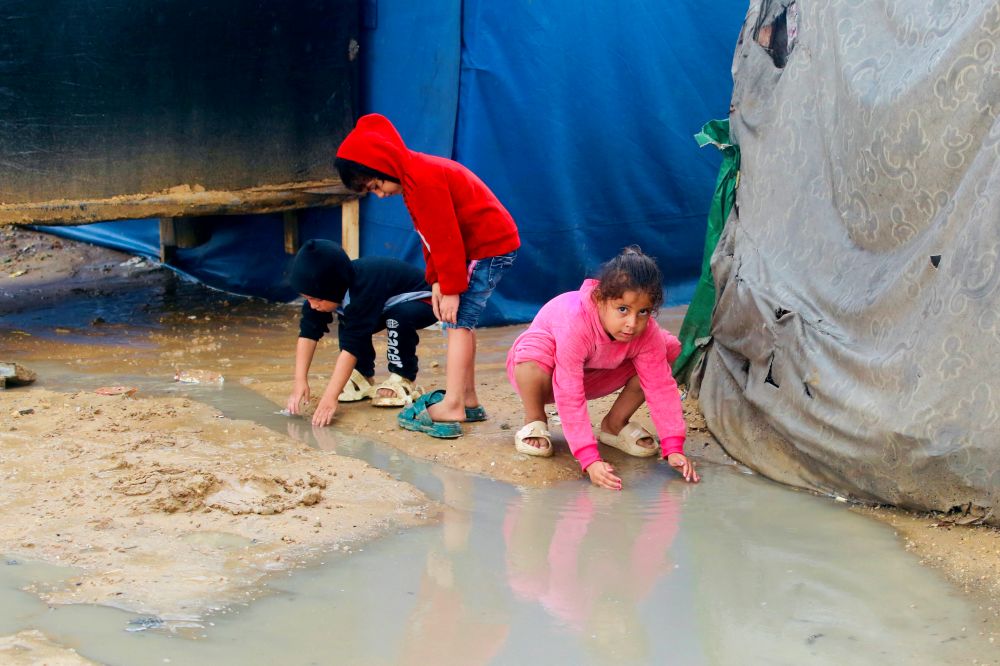
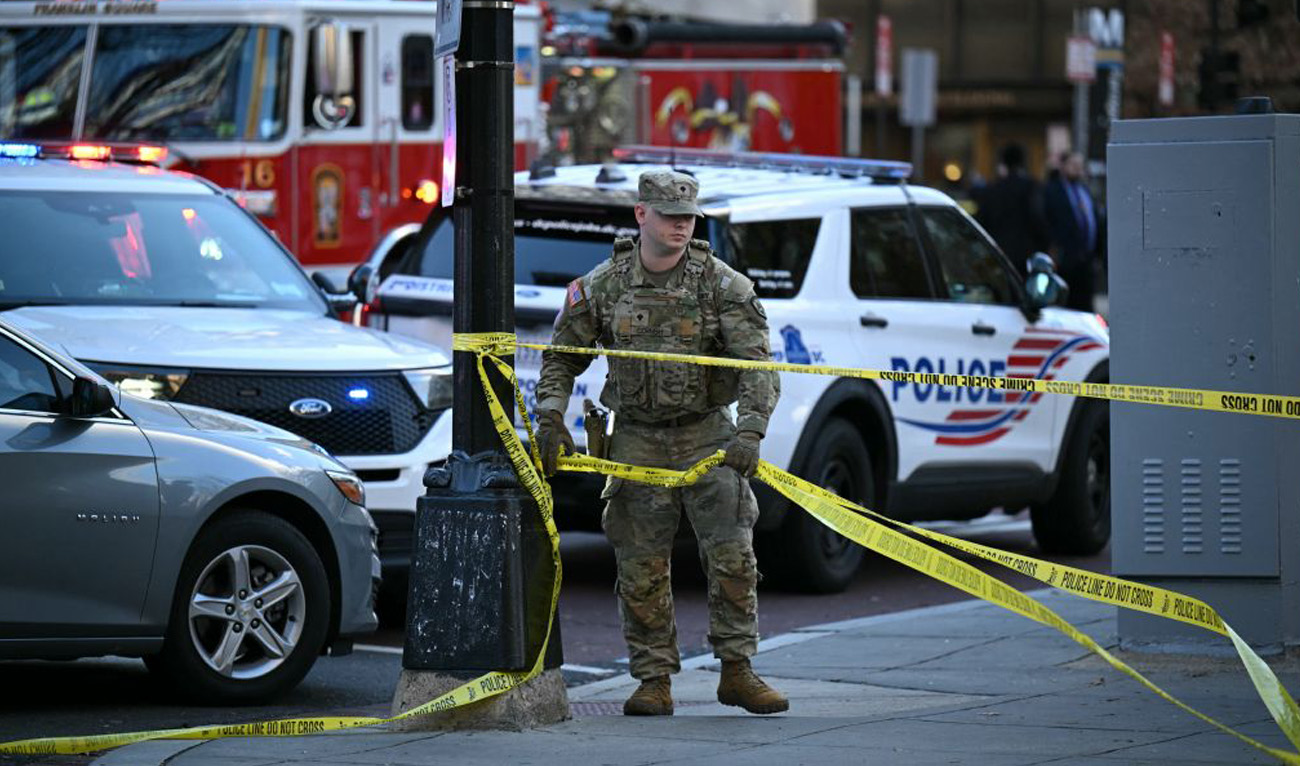
.jpg)

